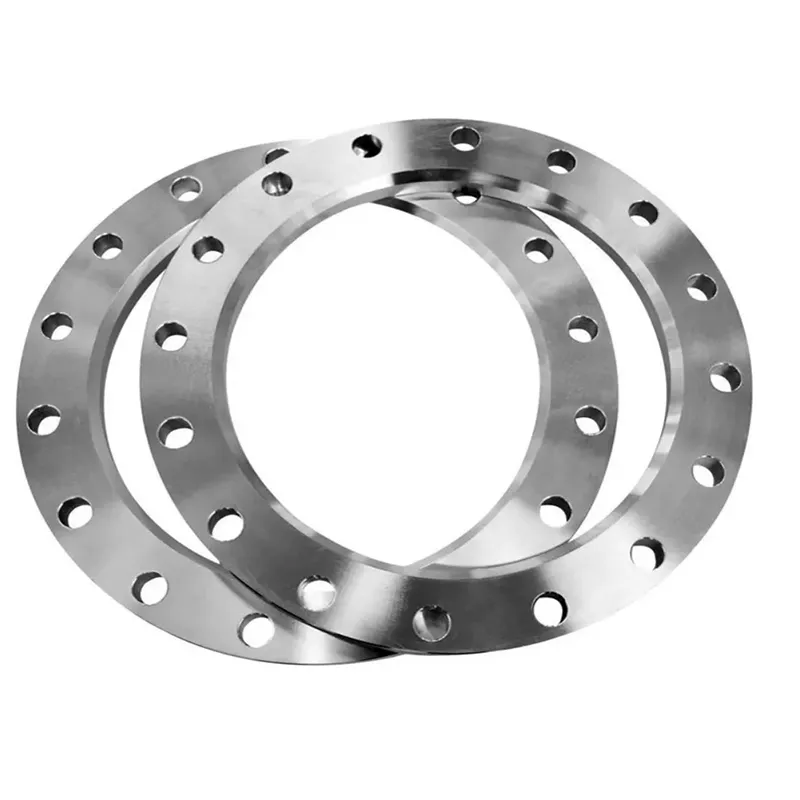-
Cangzhou Yulong Steel Co., Ltd.
-
Phone:
+86 13303177267 -
Email:
admin@ylsteelfittings.com
- English
- Arabic
- Italian
- Spanish
- Portuguese
- German
- kazakh
- Persian
- Greek
- French
- Russian
- Polish
- Thai
- Indonesian
- Vietnamese
- Zulu
- Korean
- Uzbek
- Hindi
- Serbian
- Malay
- Ukrainian
- Gujarati
- Haitian Creole
- hausa
- hawaiian
- Hebrew
- Miao
- Hungarian
- Icelandic
- igbo
- irish
- Japanese
- Javanese
- Kannada
- Khmer
- Rwandese
- Afrikaans
- Albanian
- Amharic
- Armenian
- Azerbaijani
- Basque
- Belarusian
- Bengali
- Bosnian
- Bulgarian
- Catalan
- Cebuano
- China
- China (Taiwan)
- Corsican
- Croatian
- Czech
- Danish
- Esperanto
- Estonian
- Finnish
- Frisian
- Galician
- Georgian
- Kurdish
- Kyrgyz
- Lao
- Latin
- Latvian
- Lithuanian
- Luxembourgish
- Macedonian
- Malgashi
- Malayalam
- Maltese
- Maori
- Marathi
- Mongolian
- Myanmar
- Nepali
- Norwegian
- Norwegian
- Occitan
- Pashto
- Dutch
- Punjabi
- Romanian
- Samoan
- Scottish Gaelic
- Sesotho
- Shona
- Sindhi
- Sinhala
- Slovak
- Slovenian
- Somali
- Sundanese
- Swahili
- Swedish
- Tagalog
- Tajik
- Tamil
- Tatar
- Telugu
- Turkish
- Turkmen
- Urdu
- Uighur
- Welsh
- Bantu
- Yiddish
- Yoruba

Oct . 21, 2024 22:14 Back to list
Durable Stainless Steel Pipe for Various Industrial Applications and Projects
The Versatile World of Stainless Steel Pipes
Stainless steel pipes have become an integral part of various industries, owing to their unique properties and unparalleled versatility. Known for their strength, durability, and resistance to corrosion, stainless steel pipes are the preferred choice for applications ranging from construction to food processing and beyond. This article delves into the advantages of stainless steel pipes, their various types and applications, as well as installation and maintenance considerations.
Advantages of Stainless Steel Pipes
One of the most significant benefits of stainless steel pipes is their resistance to rust and corrosion. The addition of chromium, usually at least 10.5% by weight, forms a protective oxide layer on the surface of the steel, preventing oxidation and thus enhancing its durability. This quality makes stainless steel pipes ideal for use in harsh environments, such as chemical processing plants or marine applications.
Additionally, stainless steel pipes are known for their strength and ability to withstand high pressures and temperatures. Unlike other materials, such as plastic or carbon steel, stainless steel maintains its structural integrity under extreme conditions, making it suitable for plumbing systems, oil and gas pipelines, and even nuclear applications.
Another advantage is the hygienic properties of stainless steel. Pipes made from stainless steel do not harbor bacteria, making them a prime choice for industries such as food and beverage, pharmaceuticals, and healthcare. The smooth surface finish of stainless steel pipes also contributes to their ease of cleaning, which is essential for maintaining safety standards.
Types of Stainless Steel Pipes
Stainless steel pipes come in various grades and types, each tailored to specific applications. The most commonly used grades include 304 and 316 stainless steel. Grade 304 is an austenitic stainless steel known for its excellent corrosion resistance and is often used in kitchen applications and food processing. On the other hand, Grade 316 contains molybdenum, which enhances its corrosion resistance, particularly against chlorides and is frequently employed in marine environments.
Stainless steel pipes are also categorized by their manufacturing methods, which include welded and seamless pipes. Welded pipes are made by joining edges of the steel through welding processes, making them cost-effective for various applications. Seamless pipes, however, are manufactured without any joints, providing greater strength and reliability, which is critical in high-pressure environments.
stainless steel pipe

Applications of Stainless Steel Pipes
The applications of stainless steel pipes are vast and varied. In the construction industry, they are used for structural support, handrails, and plumbing systems. In the oil and gas sector, stainless steel pipes transport fuels and gases due to their high pressure and temperature resistance.
In the food and beverage industry, stainless steel pipes are utilized in processes where sanitary conditions are paramount. They transport liquids and gases while ensuring that contamination is minimized. Furthermore, in healthcare, these pipes are found in sterilization equipment and various medical devices, where cleanliness is critical.
Installation and Maintenance
While stainless steel pipes are known for their durability, proper installation and maintenance are vital to maximize their lifespan. It is crucial to follow the manufacturer’s guidelines during installation and use appropriate fittings and fasteners to avoid compromising the pipes' integrity.
Regular inspections and maintenance practices should also be implemented. This includes checking for signs of wear or corrosion, ensuring that joints are secure, and cleaning the pipes to prevent scale buildup.
Conclusion
In conclusion, stainless steel pipes represent a vital component in modern industry due to their strength, durability, and resistance to corrosion. From construction and plumbing to food processing and healthcare, the versatility of stainless steel pipes makes them indispensable. Understanding their advantages and applications can help industries make informed choices, ensuring safety, efficiency, and reliability in their operations. Embracing the use of stainless steel pipes not only enhances productivity but also contributes to sustainable practices in the long run.
Latest news
-
ANSI 150P SS304 SO FLANGE
NewsFeb.14,2025
-
ASTM A333GR6 STEEL PIPE
NewsJan.20,2025
-
ANSI B16.5 WELDING NECK FLANGE
NewsJan.15,2026
-
ANSI B16.5 SLIP-ON FLANGE
NewsApr.19,2024
-
SABS 1123 FLANGE
NewsJan.15,2025
-
DIN86044 PLATE FLANGE
NewsApr.19,2024
-
DIN2527 BLIND FLANGE
NewsApr.12,2024
-
JIS B2311 Butt-Welding Fittings LR/SR 45°/90° /180°Seamless/Weld
NewsApr.23,2024











